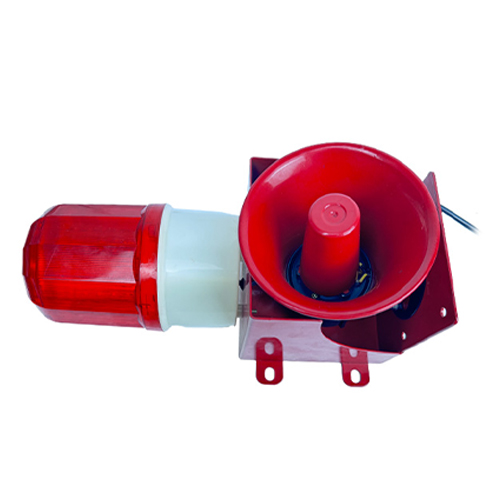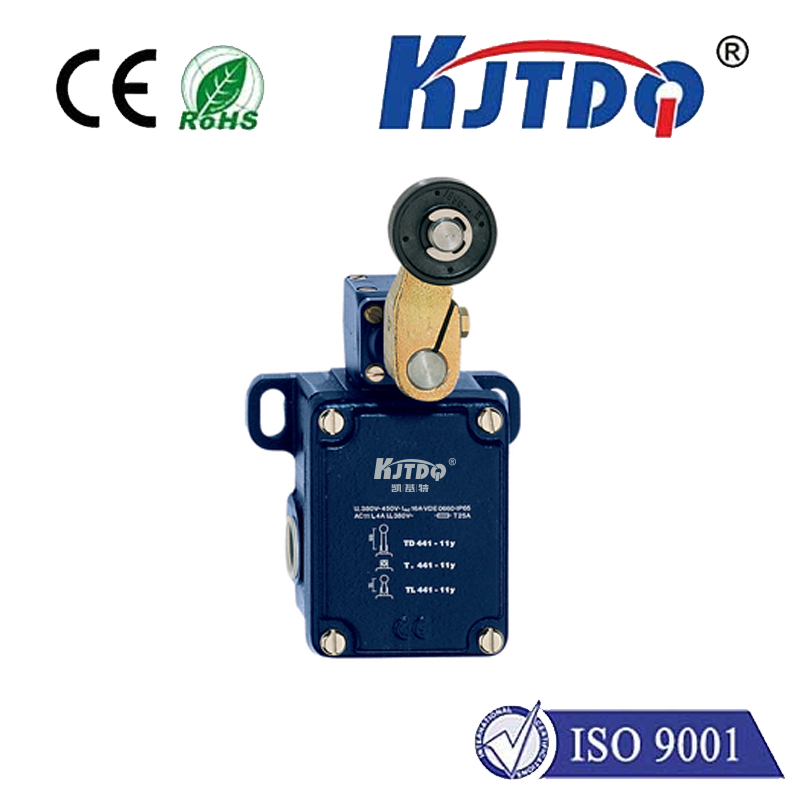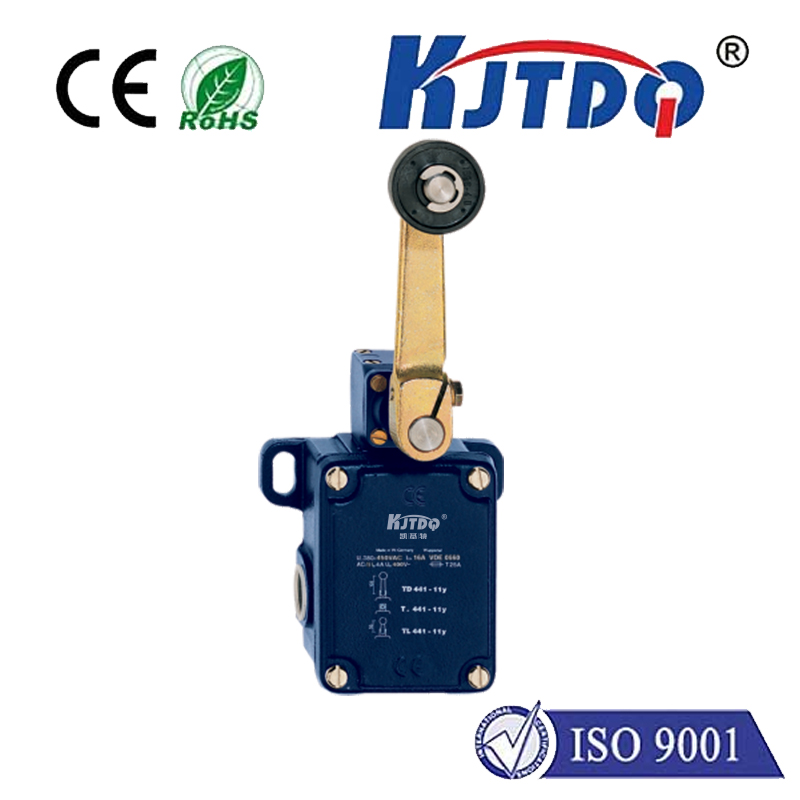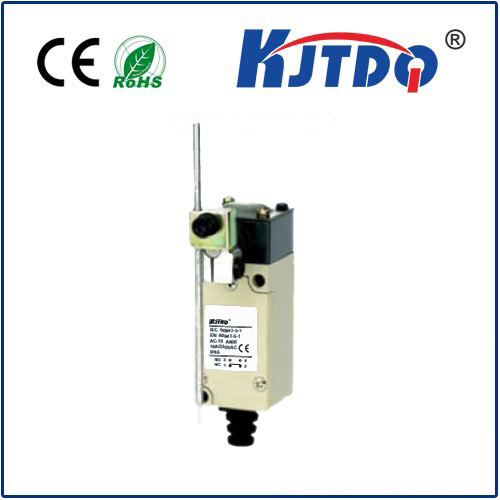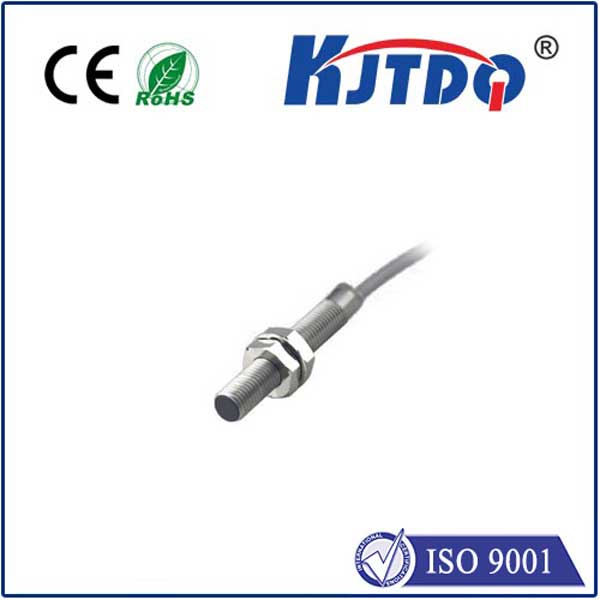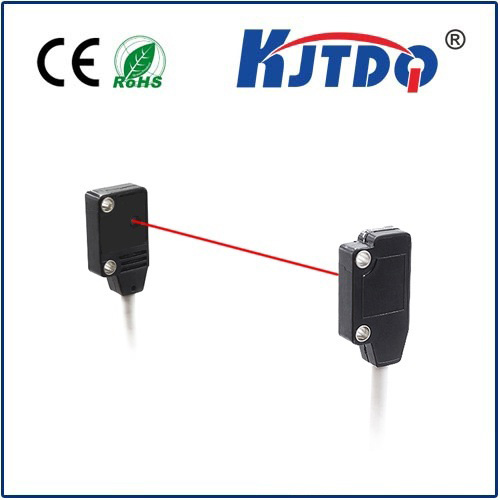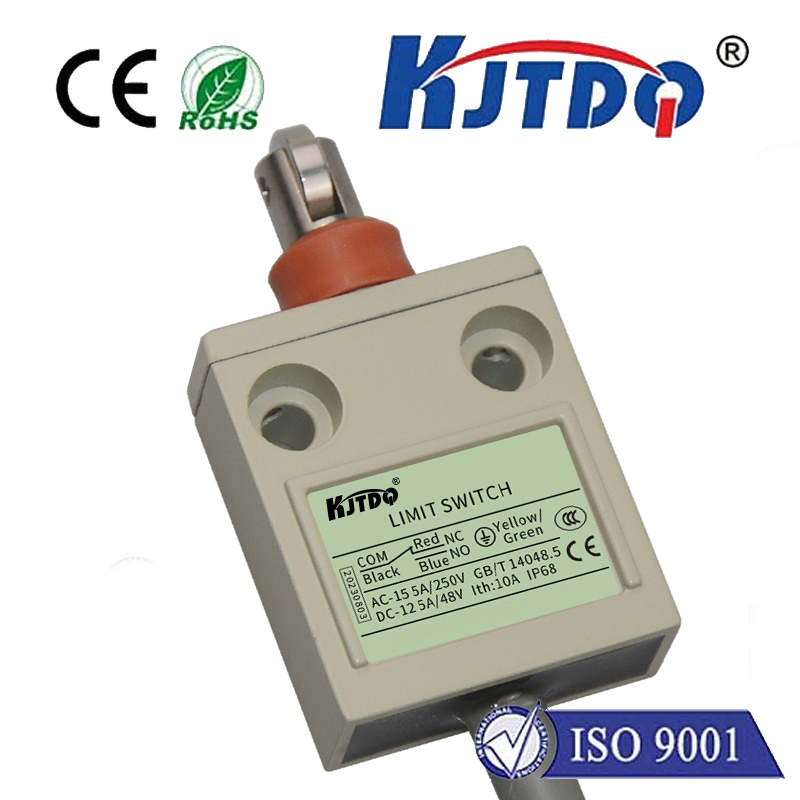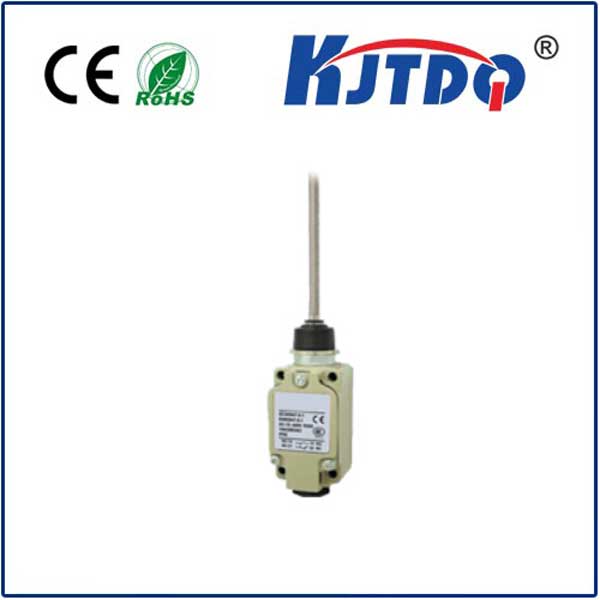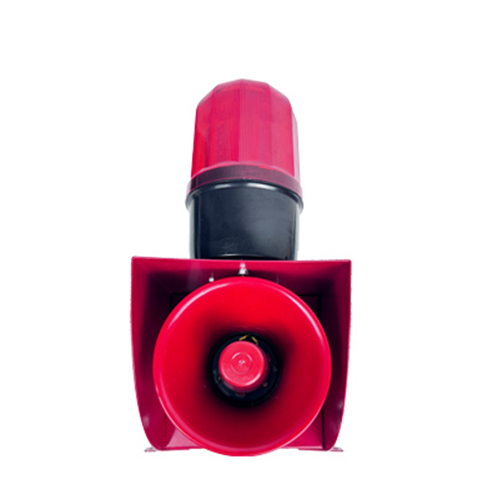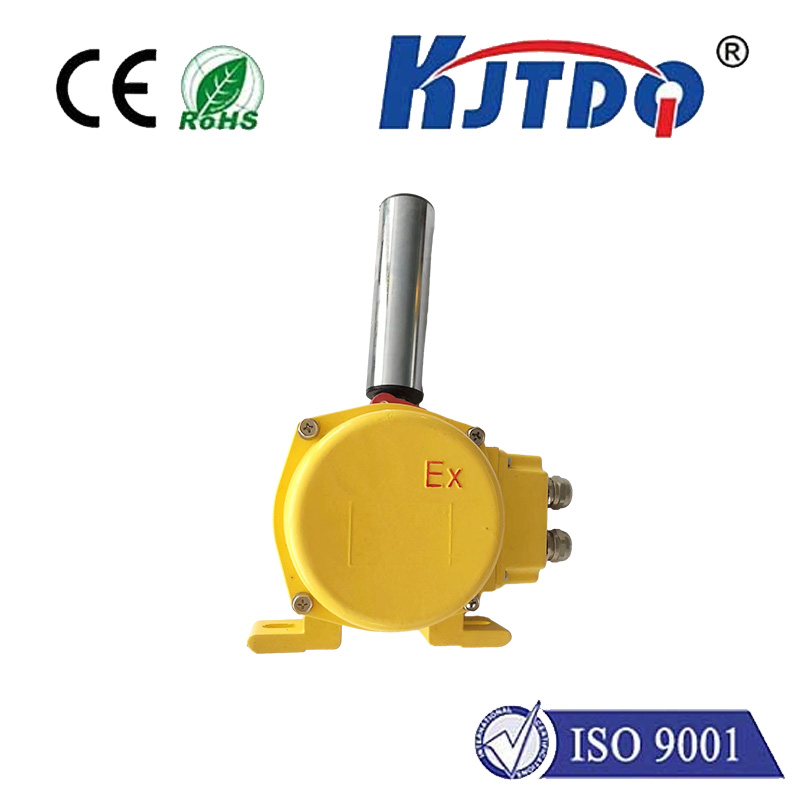

check

check

check

check

check

check

check

check

check

check
Imagine a critical safety gate on a high-speed production line. Its failure could lead to catastrophic damage or injury. The silent guardian ensuring it’s only open when safe? Often, it’s a Normally Closed (NC) Proximity Switch. These unsung heroes of industrial automation prioritize safety and reliability through their unique operating principle. Understanding what they are, how they work, and where they excel is crucial for designing robust and fail-safe systems.
Unlike their more common Normally Open (NO) counterparts, NC proximity switches start their life in the conductive state. That is, when the sensor is powered but not actively detecting a target object within its sensing range, its output circuit is closed. This allows electrical current to flow freely. The critical change happens when the target approaches: Upon detecting the specified metal or material (depending on the sensor type – inductive, capacitive, photoelectric), the NC switch’s output circuit opens. This action interrupts the current flow, signaling the presence of the object.
So, why choose this seemingly counter-intuitive “closed when resting” behavior? The answer lies in fail-safe operation and inherent safety design:
Integrating the Normally Closed Proximity Switch:

Wiring an NC sensor correctly is vital. Typically:
Key Applications Leveraging the NC Advantage:
The Normally Closed proximity switch shines in scenarios demanding high reliability and inherent safety:
Comparing NC and NO: Making the Right Choice
Choosing between NC and NO isn’t about which is “better,” but which is most appropriate for the specific function and safety requirements:
Important Consideration: “Dark Operate” for Photoelectrics
Be mindful when dealing with photoelectric proximity sensors (photoeyes). An NC photoelectric sensor is often referred to as “Dark Operate” (DO). This means its output circuit is closed when the receiver does not see the transmitter’s light beam (i.e., it’s “dark”). The beam being broken (by a target) opens the output circuit – identical behavior to an inductive or capacitive NC sensor. Confusion sometimes arises because the “detection” state (beam broken) causes the circuit to open. Remember: NC / Dark Operate means output active (closed circuit) when not detecting the condition (beam present or no metal target).
Conclusion: Embracing the Safety Mindset
The Normally Closed proximity switch, with its foundational fail-safe operating principle, is an indispensable tool in the arsenal of automation and safety engineers. Its design prioritizes system integrity by ensuring that the most common failure modes – sensor malfunction or wiring breaks – result in a signal state that triggers a predefined safe action, typically halting operation. By understanding its behavior, wiring implications, and ideal application scenarios, designers can build more robust, reliable, and fundamentally safer automated systems. Whether guarding personnel around heavy machinery or ensuring precise sequencing in complex assembly, the NC proximity sensor provides a critical layer of dependable control.
